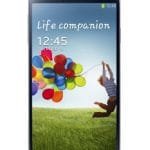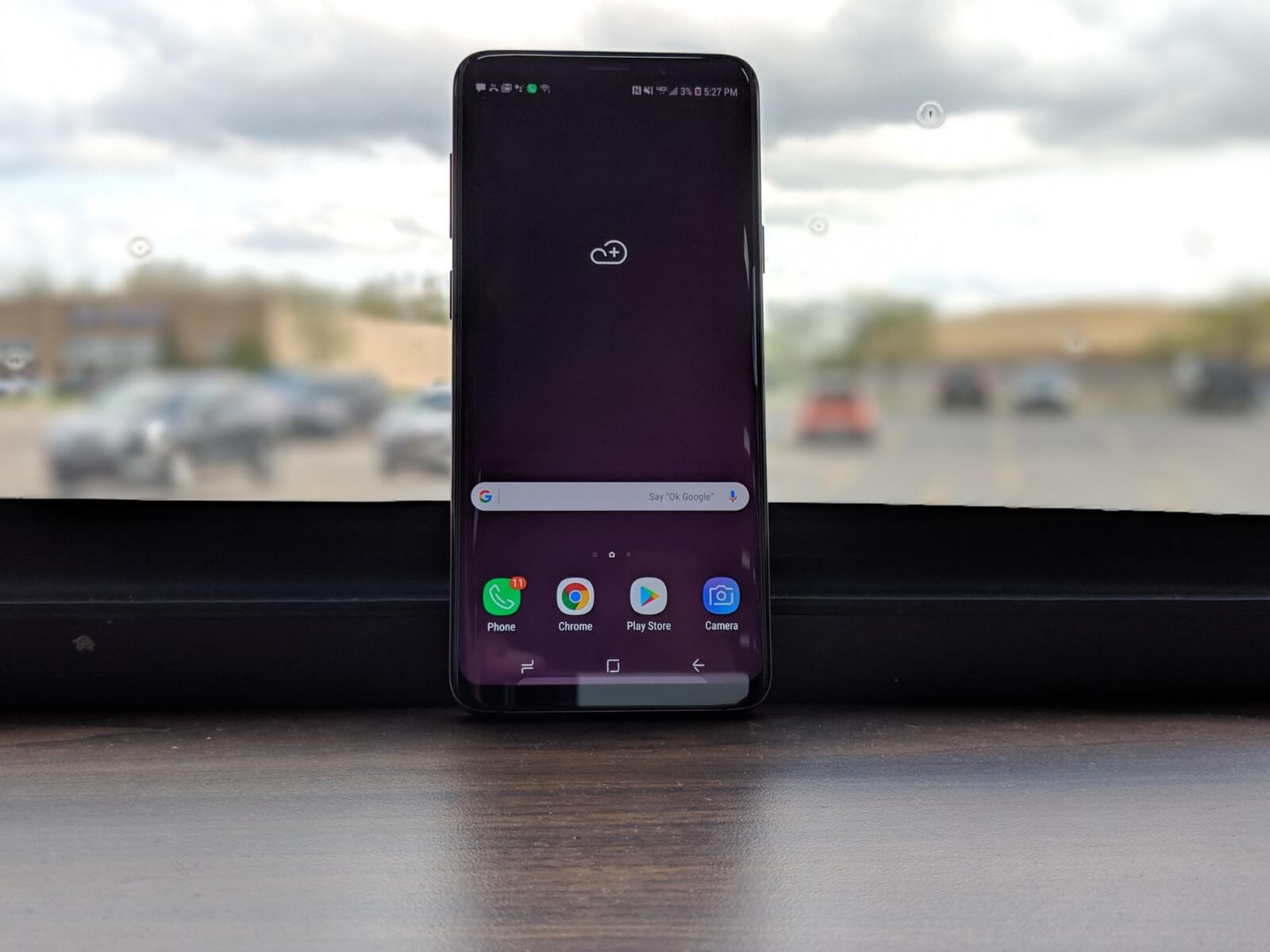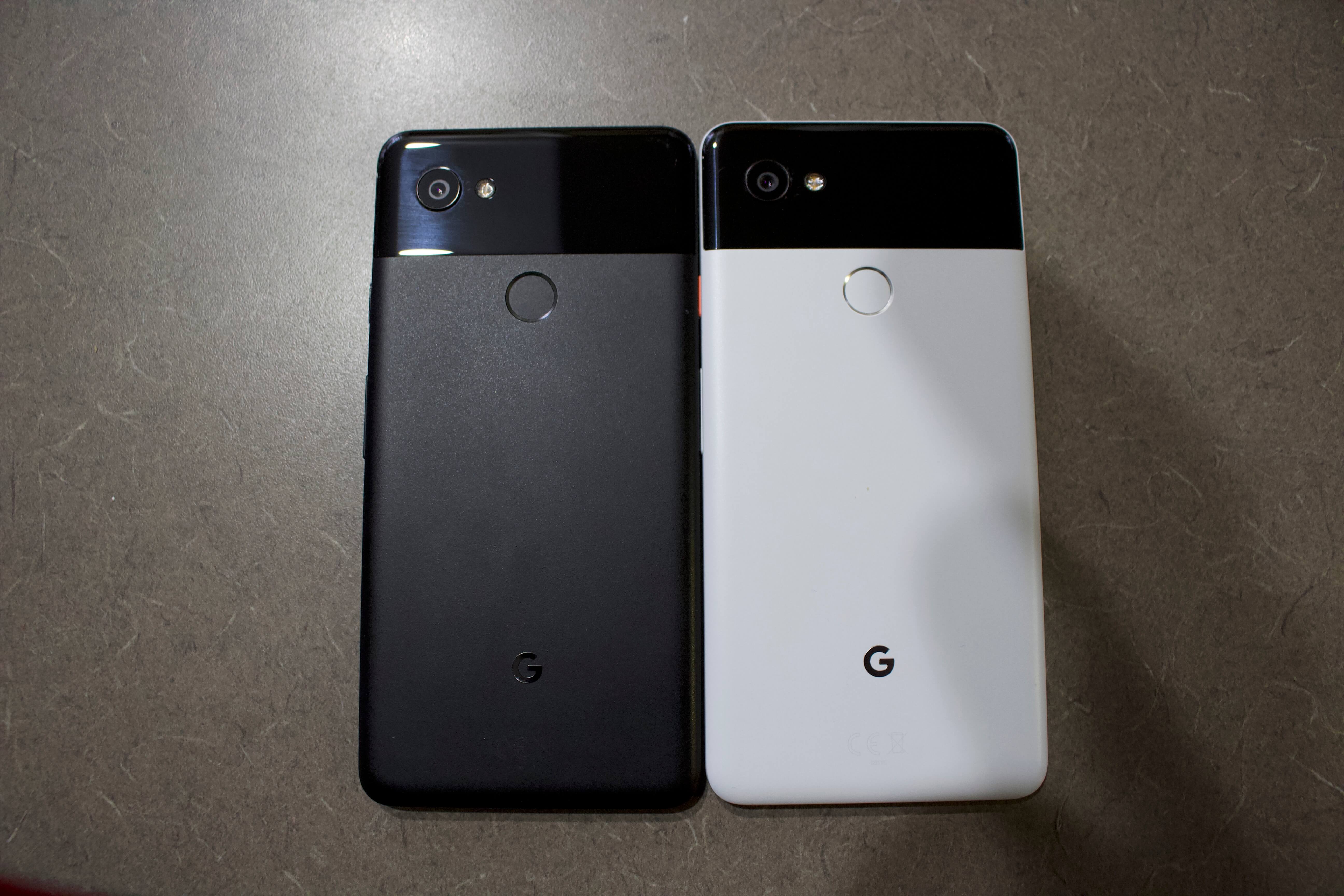By Rob Boggan
The longevity of a brand is an amazing thing. It is a type of relationship that often times gets lost in today’s ADHD realm of retail sales, and especially with technology. No matter how good the original was, there’s always the next best thing waiting for it’s turn in the spotlight. One thing is for sure, if there is a specific model that holds the attention of the public, then I’m one who believes you should cram it down the throats of the public as much as possible (see: Anything Apple makes). This isn’t necessarily the route that Verizon has gone with it’s Motorola Droid series, but by golly it’s been one that has definitely outlasted the test of time. We’ve been subjected to the annual release of a new Droid phone every year, with each model trying to acheive the hype and sales success of the original. Does the Droid 4 have what it takes to steal the spotlight from Verizon’s other LTE capable phones? Or will it simply slide into the “featuring” slot along with the previous two Droid models? Check out my review of the Droid 4
In regards to the design of the Droid 4, there is a hint of Droid RAZR around the front bezel. The design of the phone has been slightly changed to mimmick the deep slants and razor cut design of Motorola fame. For a phone that has a QWERTY keyboard attached to it, the Droid 4 is slightly lighter than most other phones in this category, and is more pocket friendly. The phone is coated with a soft touch material, which adds to the grip of the device, and also makes it feel a ton more sturdy when compared to a phone like the Captivate Glide, or Pantech Crossover. One confusing change that was made is the battery on the Droid 4 is completely sealed. That’s right, no battery access. This seems to be the direction that Motorola has headed with their last few devices. I wouldn’t be totally surprised if in the end we seen a Motorola Droid 4 MAXX, given the battery life this sucker packs (more on that in a bit).
Don’t expect a huge turn around in regards to the OS on the Droid 4. While it doesn’t run MotoBlur (Thank God), the alternative isn’t much better. Not to say that the user interface is terrible, but Motorola definitely has a long way to go to make this a bonafide challenger to HTC’s Sense OS or Samsung’s TouchWiz. Possibly one of the biggest bright points of Motorola’s user interface was the inclusion of Smart Actions which was first introduced to us with the re-release of the Motorola Droid RAZR. Smart Actions simply allow users to pre-define situational setting adjustments for their Droid 4 to perform. This actually works surpsingly well, especially when it comes to battery management (which you’ll need a lot of). With the battery inaccessible on the Droid 4, it means that you have to make every charge last as the battery included in the device wasn’t the greatest when used steadily. I found myself using smart actions to ensure that WiFi was turned on, GPS, screen brightness, and wireless sync all turned off after the battery hit 50% as it was rapidly downhill from there. On an average usage day, I would struggle to get a solid, straight 7 hour charge off the Droid 4 battery, under less than average usage.
Let’s talk bright points. I am a massive fan of the fact that Verizon and Motorola stuffed an LTE radio into this version of the Droid for high speed data connections. While I wasn’t the biggest fan of the screen quality, it was rather enjoyable being able to watch YouTube videos and movie trailers without all the extra buffering and dips in streaming quality. Another tremendous selling point for me was the rather spacious 5-row QWERTY keyboard the Droid 4 packs. The keyboard was solid and responsive enough that I found myself preferring to use it over the touchscreen keyboard, even for the simplest typing tasks. The inclusion of a 5th row of numeric keys added to the effectiveness and efficiency of the physical keyboard and the overall spaciousness of the keys themselves were a welcome treat. The Droid 4 also packs a dual camera system that performs decently, but definitely below average when compared to other phones with the same size lenses. In comparison to the other QWERTY slider keyboard smartphones available, I found myself digging the Droid 4 overall much better, despite its shortcomings.
All in all, the Droid 4 is a pretty solid phone, but not nearly best in show. This phone is going to be perfect for those specifically in search of an LTE smartphone, and that’s about it. With Verizon’s ever-growing ever-solid lineup of Android powered smartphones and a $99 iPhone, it would be easy to see how something like the Droid 4 could get over looked.












